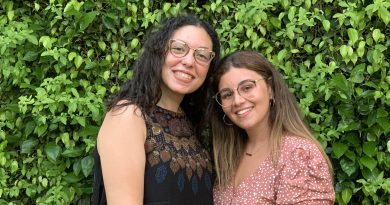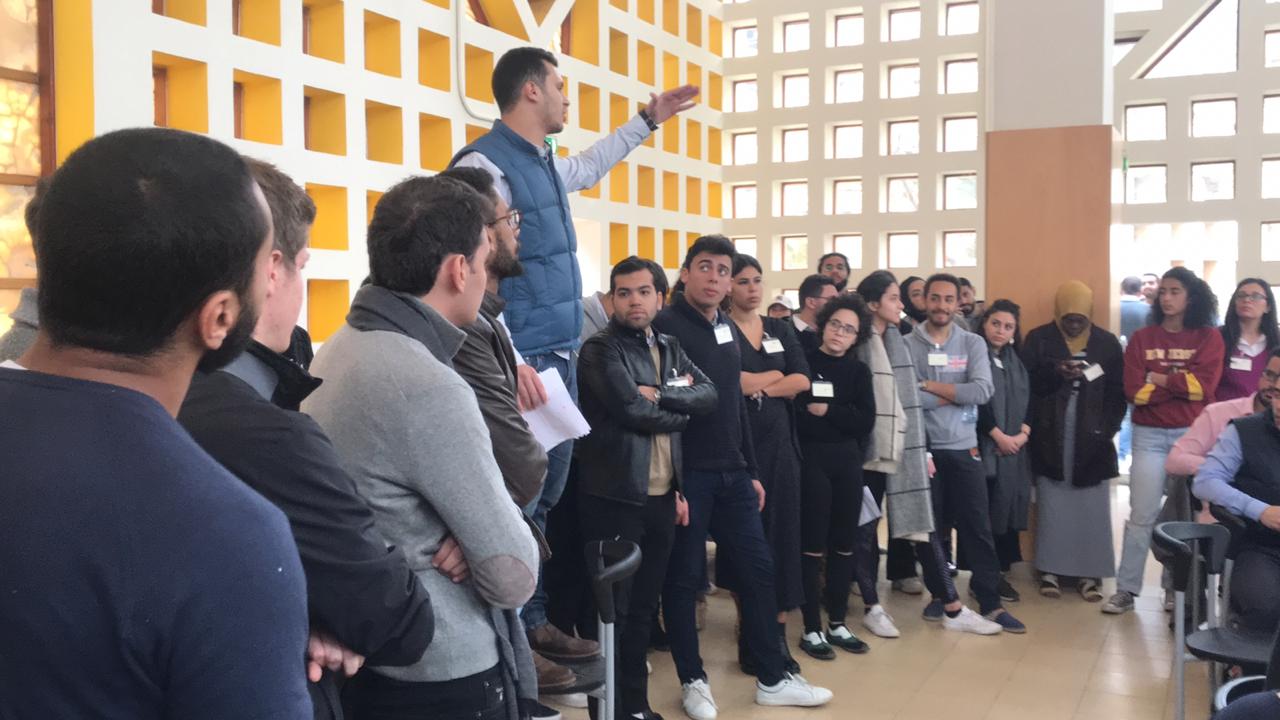Misinformation: Fake News in the Age of the Coronavirus
By: Noran Alaa Morsi
@noranmorsi
Fake news has always been a dangerous byproduct of social media networks but with the rapid infection rate of COVID-19, platforms like WhatsApp have become central points for the spread of often harmful misinformation about the novel coronavirus.
Adjunct Professor at the Department of Journalism and Mass Communication Nadine El Sayed believes that there has been a surge in fake news about the origins, spread and cures of the coronavirus over the past few weeks.
“I think fake news has mostly been spread on social media platforms so far, with some news outlets being quick to cover the news without fact-checking,” she said.
As the World Health Organization clarified, there have been swarms of myths on the virus and its treatment. These included conspiracy theories such as 5G mobile networks spreading the Coronavirus, to the myth that hot water kills the virus and prevents it from spreading inside the body.
In some cases, there’s deliberate and malicious disinformation.
“Screengrabs are altered to look like the announcements are coming from official pages, for instance,” she said.
El Sayed recommended simple fact-checking by always going back to the source.
“If you hear that the virus is now airborne, simply go back to the World Health Organization (WHO) references. [If] you see alleged announcements from the ministry’s official page, grab your phone and check the page yourself. A bit of due diligence is all we need,” she added.
The Guardian has reported that large social media companies are looking for ways to curbing disinformation from their platforms, however, they are not always in control of them.
WhatsApp [the popular messaging platform], for instance, uses encryption which prevents the company from seeing the contents of messages sent on its platform, preventing them from using the same moderation techniques as Facebook or Twitter.
“This means a key source of fake news could now be your closest circle of friends and family passing on information unwittingly via WhatsApp groups,” reported The Guardian’s Jim Waterson.
According to WABetaInfo, Whatsapp is testing a new feature that will allow users to verify fake news by encouraging them to Google search ‘frequently forwarded messages’. Perhaps, this will be a way to combat the phenomenon.
However, partisan politics are also distorting the veracity of messages about COVID-19.
TIME Magazine reports that contradictory information is being released from different US-based authorities about the nature of COVID-19, with US President Donald Trump initially denying the risk that the virus can have on American citizens as Public Health Officials simultaneously warned of its capacity to infect.
In the past weeks, Trump and many state governors have clashed over such issues as stay-at-home orders, the rate of flattening the curve, and when people should return to work.
Of course, this complicates the process of getting accurate information between regular citizens who watch these wars of words against the backdrop of statistics of infection and death.
Still, some think that fake news is mainly an issue stemming from within the older generation. For instance, Mohamed Khaled, Civil Engineering sophomore at the Polytechnic University of Catalonia believes that grandparents and older parents tend to be more concerned with this issue.
“I think that it’s mainly people older than us [university students] like moms and dads and grandparents. Because they are in a way more worried than us as they have to take care of their families, they are automatically put in defence mode. So, they tend to believe more fake news and spread it,” Khaled said.
But El Sayed says that fake news is being disseminated across several demographics, and not restricted to older generations spreading old wives tales.
Product Design junior at the German University in Cairo Nada Omar said that she believes some people may not know who’s word to take for certain and who to trust.
“I think [fake news spreads] because people are scared, bored and don’t quite understand what’s going on, so they are making sense of everything in their own way and by that spread rumors of their own understanding that may lack 100 percent authentication,” Omar said.
She suggested that if there’s a way to prevent misinformation, it’ll be to have a webpage that tackles all rumors constantly verifying the correct info and dismissing incorrect info.
Journalism and Mass Communication Adjunct Professor Heba El-Shahed said that it’s important to distinguish sources, between actual journalists and civil journalists – and that media literacy is needed to do so.
“Everyone can be a journalist, everyone can write, but not everyone can be journalists. They can be a source of news. However, if people have the needed literacy skills, they’ll be able to understand that this person is a civil journalist and not the correct and credible source I should be getting my information from,” El-Shahed said.
She added that the issue is partially due to lack of awareness and the lack of literacy skills from the consumers of the civil journalist output. By increasing the awareness and literacy of what sources are credible and what aren’t, misinformation would be significantly limited.



